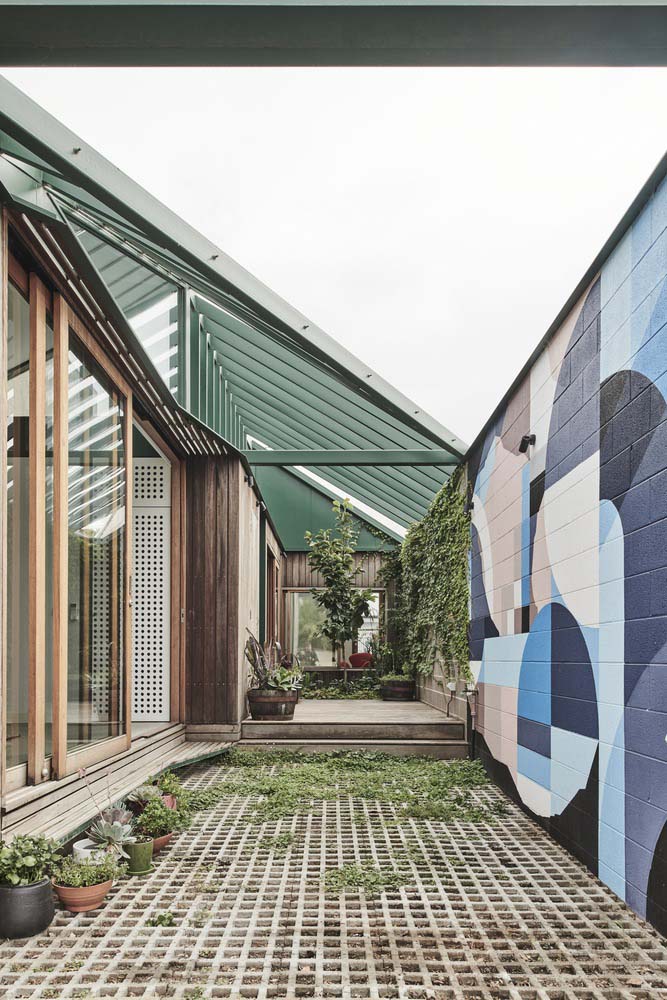
Bringing life into your home is about more than just décor and aesthetics. It’s also about improving the quality of the air you breathe. Proper air circulation is an essential factor that is sometimes disregarded. It not only keeps your home smelling fresh, but it also helps to regulate temperature, remove contaminants, and prevent mold. To help you maintain your air circulation, we will look at seven practical strategies to improve air circulation in your home. These ideas will help you create a healthier and more comfortable home environment, ranging from simple tips like opening windows to more complex methods utilizing technology. So, let’s learn how to keep your home’s air moving freely!
01 Open Windows and Doors
Opening windows and doors is the easiest and most cost-effective way to improve air circulation in your home. This allows fresh air from outside to replace the stale air inside, naturally ventilating your space. However, be mindful of the weather and outdoor air quality before doing so.
Creating cross ventilation by opening windows or doors on opposite sides of your home can also help. This encourages a natural flow of air throughout your home, moving warmer air out and allowing cooler air in.
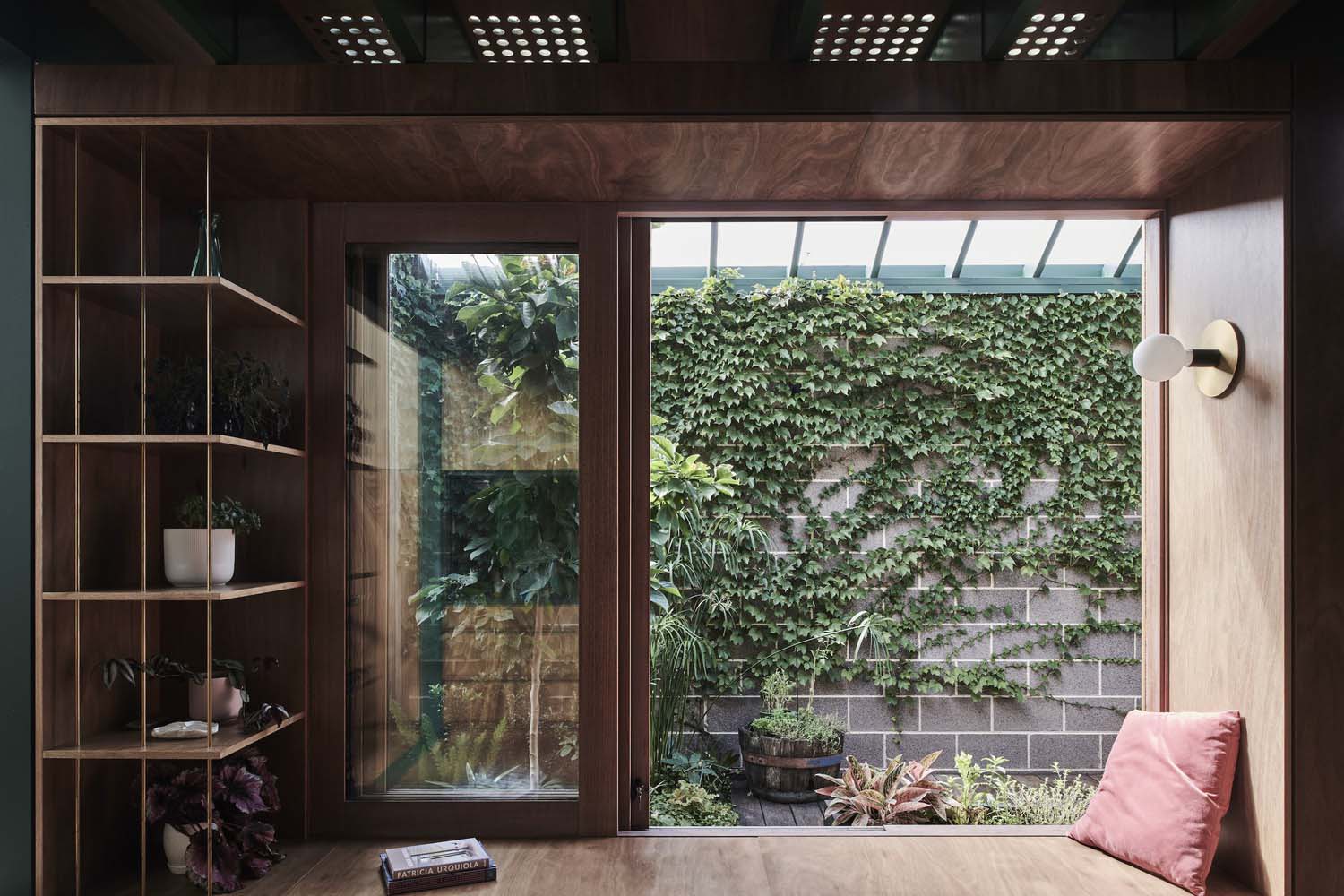
02 Upgrade Your HVAC System
Your Heating, Ventilation, and Air Conditioning (HVAC) system plays a significant role in circulating air throughout your home. And taking regular maintenance and timely upgrades can enhance its efficiency more. Consider getting a professional assessment of your HVAC system to identify areas of improvement.
03 Use Ceiling Fans or Air Conditioning Units
Ceiling fans are not just about cooling the room. They are also an effective tool for improving air circulation. Set your ceiling fan to rotate counter-clockwise during summer to push cool air down. In winter, reverse the direction clockwise to distribute warm air trapped near the ceiling.
If you don’t have ceiling fans, portable fans are a good alternative. Position them strategically to direct airflow where it’s needed most. Remember to clean your fans regularly to ensure they’re not circulating dust and allergens. If you don’t have the budget for an HVAC, consider installing energy-efficient air conditioning that can effectively reduce the temperature in your home while using less energy. This will help you save money long-term while also improving your home’s air condition. If you need help with the installation, seek assistance from experts like Stinson Air Conditioning to ensure a fast and efficient instalment. Once done, sit back and enjoy the breeze!
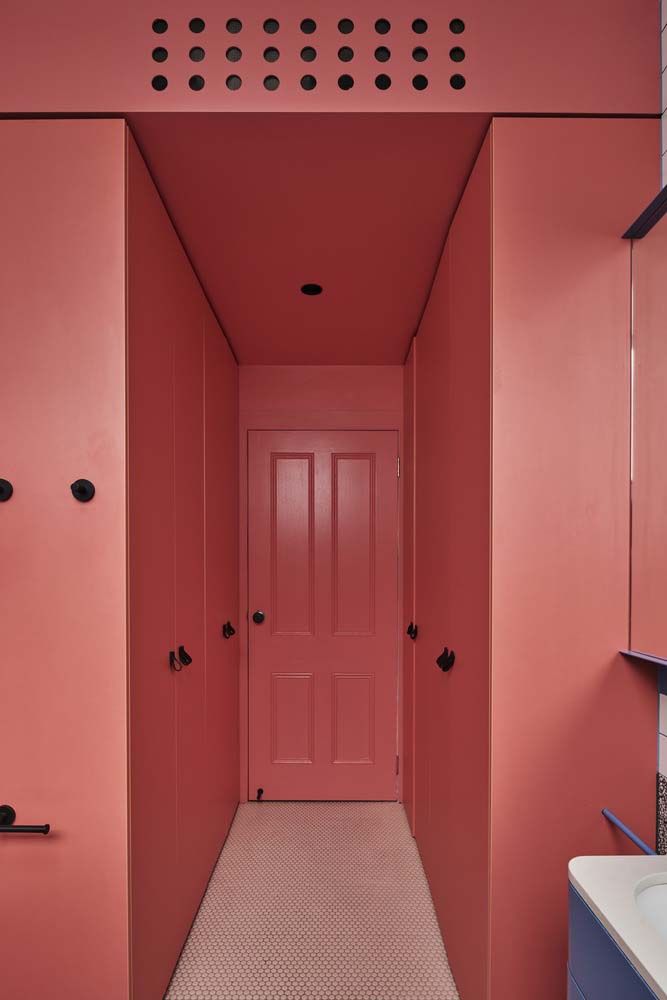
04 Install Exhaust Fans
Rooms like the kitchen and bathroom are prone to moisture buildup, leading to mold and mildew. Installing exhaust fans in these areas can help remove excess humidity and odors, improving overall air quality. Ensure that your exhaust fans vent outside and not into your attic, as this could cause moisture problems. Regular cleaning and maintenance of your exhaust fans will keep them operating efficiently.
05 Invest in Air Purifiers
Air purifiers do more than just filter the air; they also circulate it. They draw in air from the room, filter out pollutants, and release clean air back into the room. This constant movement of air can contribute to better circulation. Choose an air purifier suited to the size of your room for maximum effectiveness. Also, ensure regular cleaning or replacement of filters to maintain its efficiency.
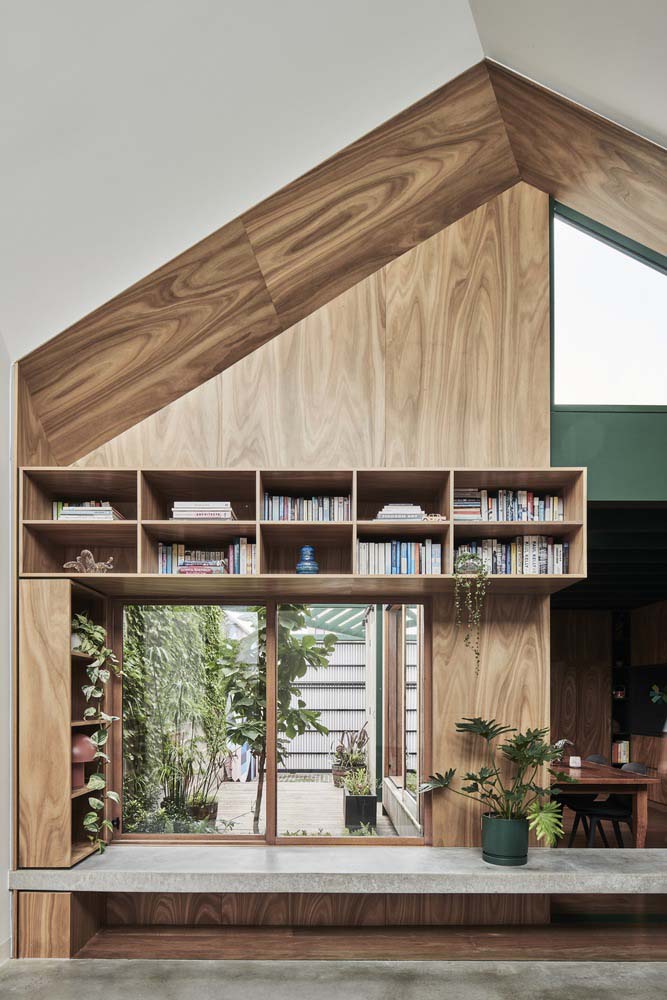
06 Utilize Plants
Plants can act as natural air purifiers by releasing oxygen and absorbing carbon dioxide. Having indoor plants can contribute to better air quality and circulation. Some plants even have the ability to absorb toxins from the air. However, overwatering plants can increase humidity levels, so be mindful of your watering routine. Also, choose plants that are non-toxic if you have pets.
07 Arrange Furniture Wisely
Believe it or not, the arrangement of your furniture can impact air circulation. Large pieces of furniture placed in front of or near vents can obstruct airflow. Try to keep these areas clear to allow free movement of air. Similarly, avoid overcrowding a room with too much furniture. More open space means more room for air to circulate freely. If necessary, consider decluttering to create more space.
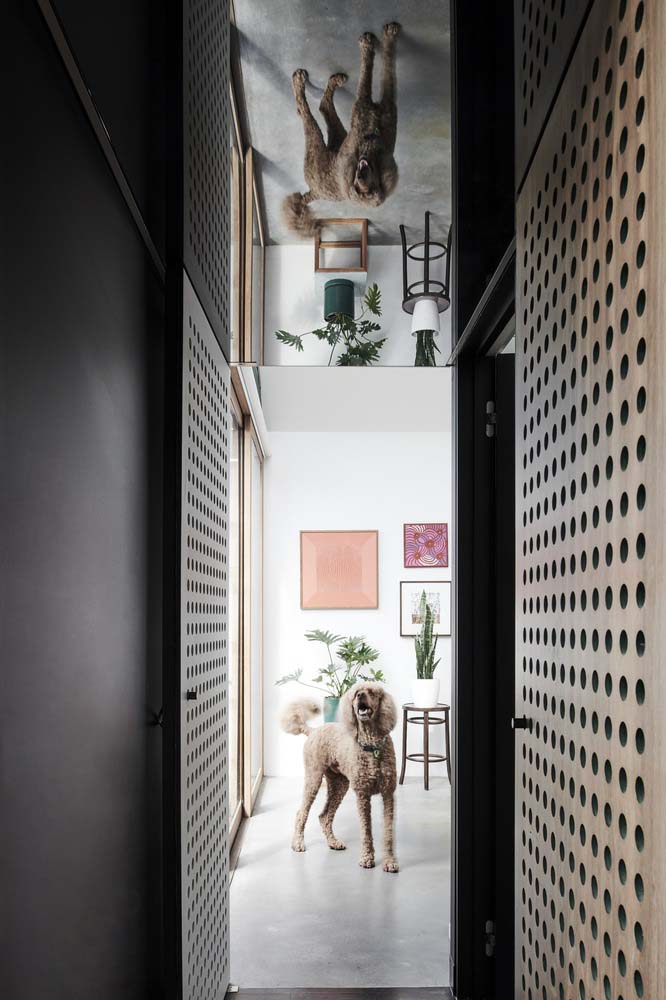
08 Regular Maintenance
Lastly, regular maintenance goes a long way in maintaining optimal air circulation. This includes cleaning and replacing filters in your HVAC system, dusting off ceiling fans, and ensuring that vents and exhaust fans are not blocked.
Consider getting professional help for tasks such as duct cleaning and HVAC maintenance. These services can help identify and fix any issues hindering air circulation.
Finally, maintaining optimal air circulation in your home is not just about comfort but also about creating a healthier living environment. From simple steps like opening your windows to more involved ones like upgrading your HVAC system, each method plays a crucial role. Remember that every home is unique, and what works best for you may vary. Therefore, do not be afraid to experiment with these seven tips to find the right balance for your space.
All images from Top Peak House by FIGR Architecture & Design – discover the complete project.



